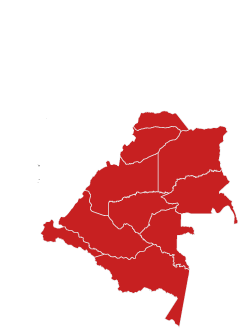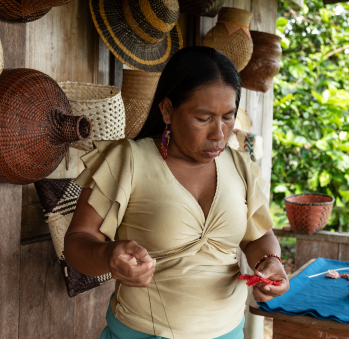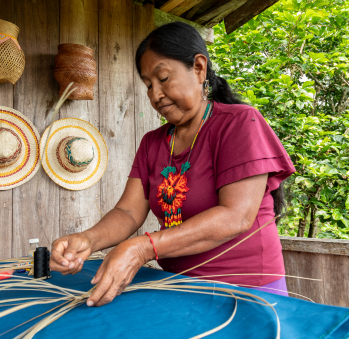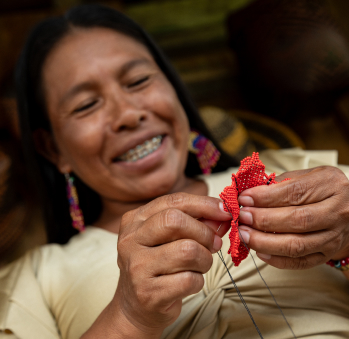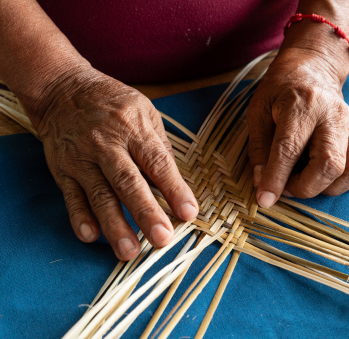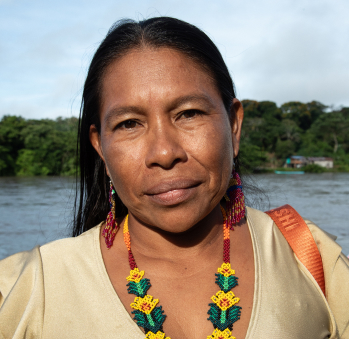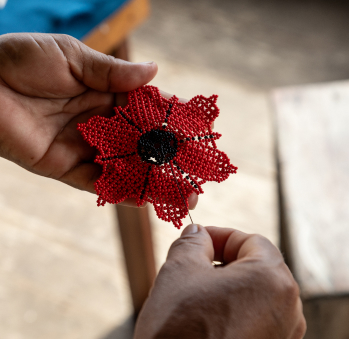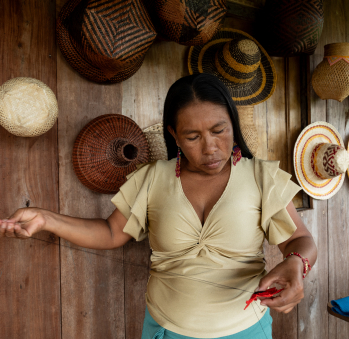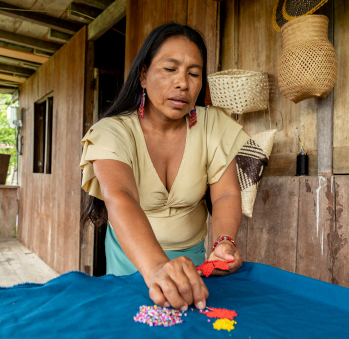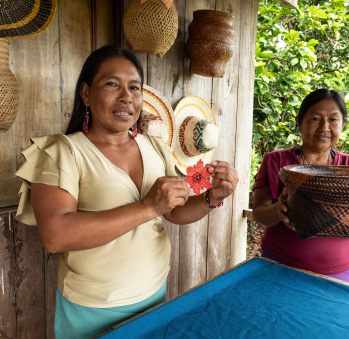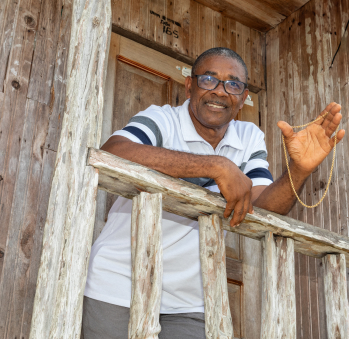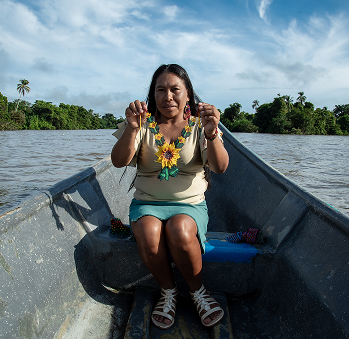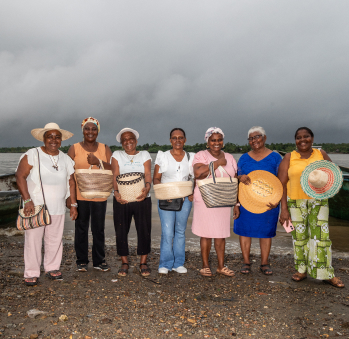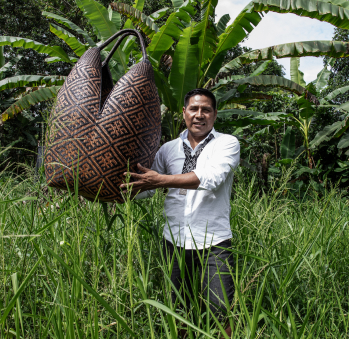Clerina Huezo
Workshop: Artimbiquí
Craft: Costume jewelry and basketry
Trail: Guapi-Timbiqui Route
Location: Timbiquí, Cauca
SCHEDULE YOUR VISIT
Resguardo indígena Nueva Unión a 45 minutos en lancha de Timbiquí.
3166571107
clerinahuezo2009@gmail.com
Clerina, who lives in the Nueva Unión community, tells us how far she lives from her mother, who’s still in the Calle Santa Rosa reservation. “Forty-five minutes by short stroke,” she says—a swimming-based measurement used to estimate distances between villages along the Timbiquí River in Cauca. Like the river, Clerina has moved a lot since she was young. She grew up in López de Micay, studied in Santander de Quilichao, and at age 16, after losing her father, had to find a partner—also from the Eperara Siapidara people—to help her get through life. She found him in Timbiquí. Fortunately, she met a good man, as she says—Mr. Édgar Mejía—with whom she’s been together since her teens. Together, they’ve built a family with three children, the oldest now in her twenties, and her partner in crafting beaded jewelry and traditional hats.
She’s the first in her family to take up beadwork, since when it comes to crafts, the artisan has always been her mother, Mrs. Herminda Duro—a master weaver sought out by many to teach them. But Clerina wasn’t particularly drawn to weaving. When she had to begin providing for her household, she found that beadwork came more naturally to her—her necklaces and bracelets turned out beautifully. She learned by observing others, especially an aunt, and started experimenting with her fingers, threading beads onto nylon, shaping the design and the color palette herself. Once she mastered the technique, she began weaving in indigenous wisdom and symbolism.
She says her skills have grown over time. Where she once made simple bracelets and necklaces with three rows of beads, now she works with five, creating more intricate patterns and shapes. It requires calculations, precision, and careful attention to how each row connects to the next to form the desired motif. But when she says things come easily to her, it’s because she’s disciplined and inherited her father’s gift for teaching. She also married a teacher, someone who has always encouraged her leadership and helped her grow. She knows she’s lucky to have such a strong life team.
While beadwork is one of her sources of income, Clerina also sees it as a metaphor for the work she’s doing in her community: stringing together bead after bead, with patience and intention. She has built a group of women with whom she fights for their rights, especially those regarding healthcare. Since she’s fluent in Spanish, she’s an ideal spokesperson to raise these issues in spaces where they need to be heard. For example, she’s currently working hard to explain the importance of traditional midwives in Eperara Siapidara medicine. She knows it’s not easy, but that’s where her weaver’s patience comes in.
In her many pursuits, one stands out: she wants to deepen her understanding of the symbols in her indigenous culture. Today, she includes parrots, spiders, and roosters in her designs—motifs drawn from books—but she also wants to recover the animals from her childhood memories, the ones that roamed her backyard and accompanied her on forest walks. Her challenge now is to value the stories these patterns carry and, through that, honor her craft. For now, passing that knowledge on to her daughter and having her as an apprentice is the first step. She knows there will be more challenges—and she’s ready to face them, calmly.
Craft
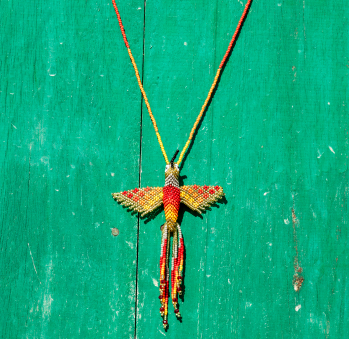
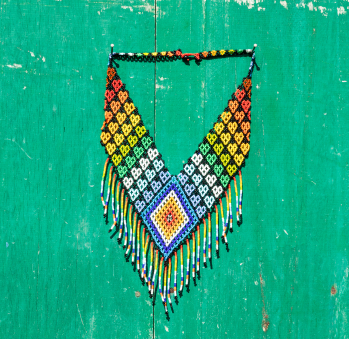
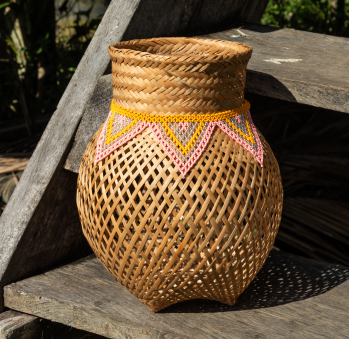
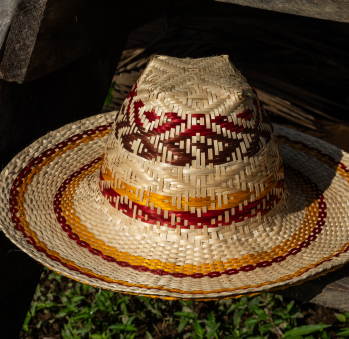
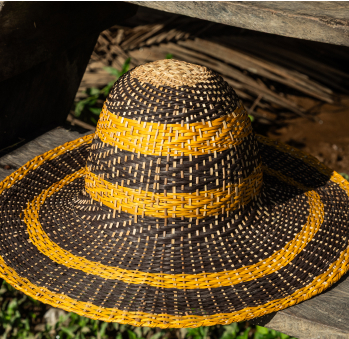
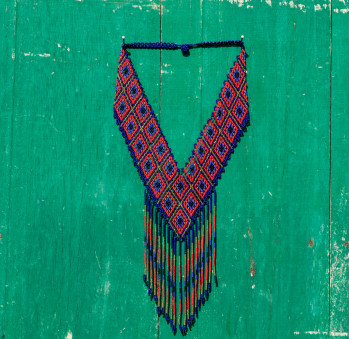
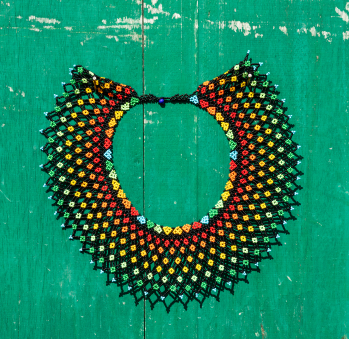
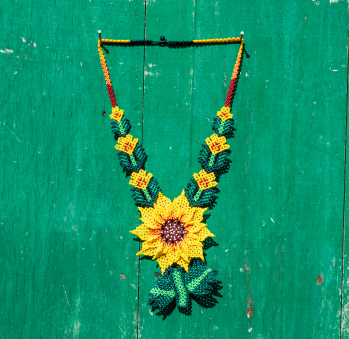
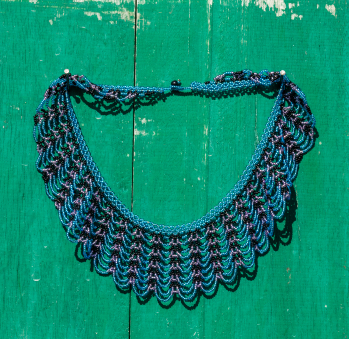









Artisans along the way
Artisans along the way
No puede copiar contenido de esta página

